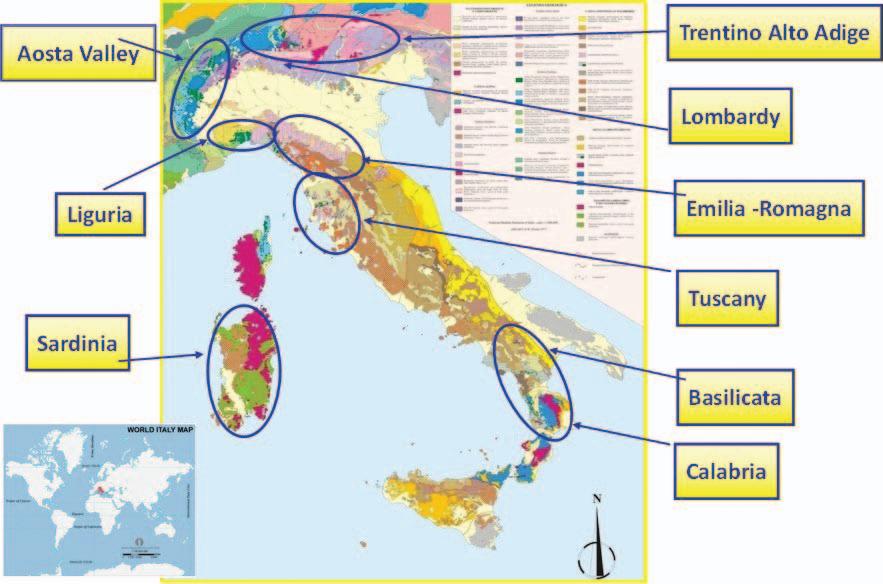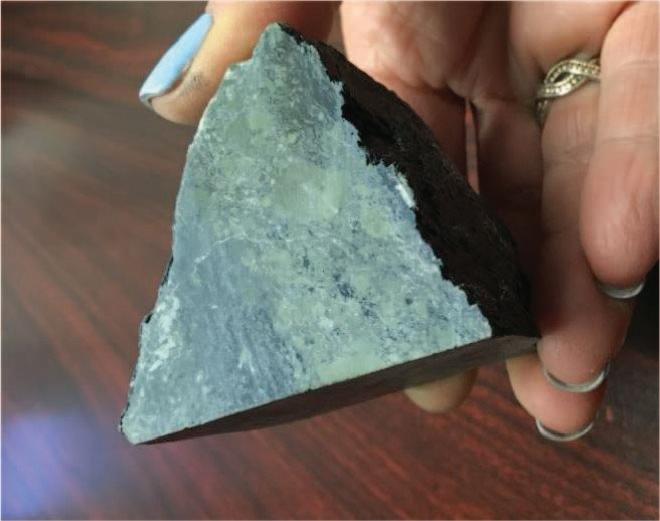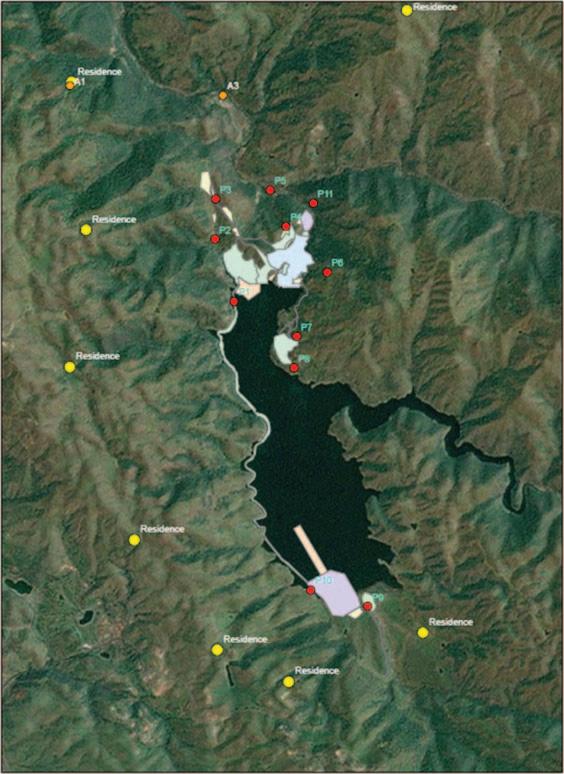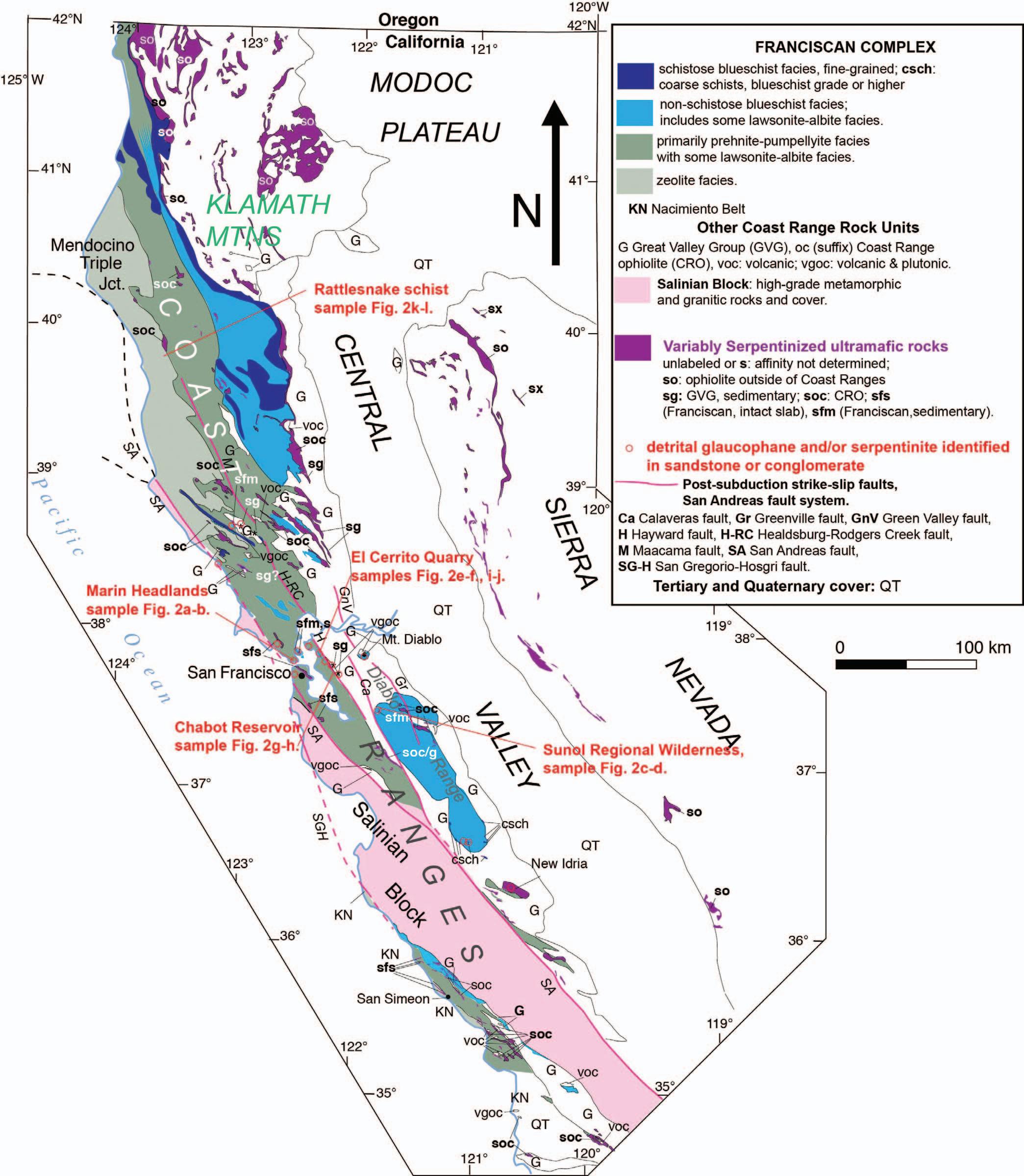Naturally Occurring Asbestos in France: a Technical and Regulatory Review ERELL LÉOCAT* Iffendic, Bretagne 35750, France
Key Terms: Naturally Occurring Asbestos, Elongated Mineral Particle, Transmission Electron Microscopy, Regulation, France ABSTRACT Naturally occurring asbestos (NOA) has been a wellknown issue within rock quarries for a long time. In France, the subject has recently become more controversial, particularly since 2013. In fact, some mineral fibers with the chemical composition of regulated asbestos (i.e., actinolite) have been discovered in roadbase aggregates and associated air filter samples. The main problem concerns the determination of the asbestiform versus non-asbestiform character of such mineral particles. The in-force standard based on the morphological identification of a fiber does not allow one to make this distinction. Presently, in France, the asbestos analysis of building material is based on a “yes” or “no” result. This method has limitations for analyzing NOA, as NOA may be present in lower concentrations in natural materials, especially in road-base aggregates. The health effects of the non-asbestiform particles, also called “cleavage fragments,” with fiber morphology are not well established. The French government mandated the National Agency for Food, Environmental and Occupational Health and Safety to conduct a review on the “state of the art” concerning the cleavage fragment issue. The conclusions of the report highlight the fact that elongate mineral particles (EMPs) are up for debate and address remaining questions concerning this subject. The next fundamental step is to secure agreement on the terminology of EMPs with the aim of comparing the studies in different disciplines. INTRODUCTION There are many issues in France related to the identification of asbestos, especially naturally occurring asbestos (NOA). Some of the issues can be explained by the non-concordance of terms used by the different stakeholders (Table 1). The legislation refers to “asbestos,” that is, a commercial term referring to *Corresponding author email: leocat.erell@gmail.com
six mineral species extracted from specific rocks and deposits because of their asbestiform qualities. It is well known that these deposits may contain in trace amounts non-asbestiform varieties of these same mineral species (Langer, 1975; Van Orden et al., 2008). Identifying commercial asbestos in building material is easier, as this material is mainly composed of asbestiform fibers with typical shape and morphology, in particular curved and thin fibers with a length over width ratio of 20:1 or more (U.S. EPA, 1993), and interfering mineral fibers are easily distinguishable. Most of the standards dedicated to the analysis of building material and identification of commercial asbestos refer to the “fiber” term, especially to inhaled fibers, defined by a diameter of <3 µm. However, the dimension and morphology criteria of a fiber might be differently defined in these documents. These criteria lead to include mineral particles with various origins such as asbestiform minerals, other fibrous minerals, and cleavage fragments with fiber dimension. Under physical strengths, some single minerals can break along the weakness plane, called the “cleavage plane,” leading to particles called “cleavage fragments” that may have various shapes such as irregular particles with non-parallel sides, particles with fiber dimension, and particles with dimension of asbestiform fiber. In this context, the identification of asbestos in natural material is not obvious, and the determination of the nature of fibrous material remains challenging. The term “elongate mineral particle” (EMP) is a recently used term for particles with an aspect ratio of >3:1 and with approximately parallel sides, without a distinction in terms of the particle’s origin (ANSES, 2017). Within this dimensional and morphological definition are numerous particles with various origins, including fibrils originated from asbestiform bundles, single minerals with a fiber habit, cleavage fragments with asbestiform dimensions, cleavage fragments with fiber morphology, and cleavage fragments with nonparallel sides. REGULATORY REVIEW Asbestos has been forbidden in France since 1997 (Décret, 1996). Only the six following mineral fibers,
Environmental & Engineering Geoscience, Vol. XXVI, No. 1, February 2020, pp. 61–65
61





















